Choosing the Right Motorcycle
Selecting the perfect motorcycle for beginners is the first step to a successful riding journey. Your choice can affect your comfort, control, and confidence on the road. Let’s explore the options and factors to help you make an informed decision.
Types of Motorcycles for Beginners
- Standard Motorcycles: Standard bikes are versatile and easy to handle. They have a neutral riding position, making them great for beginners. Their simple design and moderate engine size offer control and comfort.
- Cruisers: Cruisers, like Harley-Davidsons, provide low seat heights and a relaxed riding posture. These motorcycles are beginner-friendly and are often easier to balance at stops.
- Sport Bikes (Entry-Level Models): Small-displacement sport bikes are lightweight and offer precision handling. Brands like Kawasaki and Honda produce models tailored for new riders.
- Dual-Sport Bikes: Dual-sport motorcycles are designed for both on-road and off-road use. They provide versatility and teach riders how to handle various terrain types.
- Scooters: Though not traditional motorcycle for beginners, scooters are excellent for new riders. They are lightweight, automatic, and convenient for city commuting.
Factors to Consider When Selecting Your First Bike
- Engine Size: Start with an engine size between 250cc and 500cc for manageable power. This range provides stability without overwhelming speed.
- Weight of the Bike: Lightweight motorcycles are easier to maneuver and control, especially for beginners. Check the weight before purchasing.
- Seat Height: Choose a bike that allows your feet to touch the ground. This helps build confidence at stops.
- Comfort: Sit on several models to find a bike that feels most comfortable. Comfort impacts your riding duration and posture.
- Price: New riders often drop their bikes. Start with an affordable option to minimize repair costs. Consider used models as a budget-friendly choice.
- Safety Features: Look for features such as ABS (Anti-Lock Braking System). These can help you ride safely in tricky conditions.
Finding the right motorcycle for beginners is crucial. Take your time, try out different models, and consult experienced riders for advice.
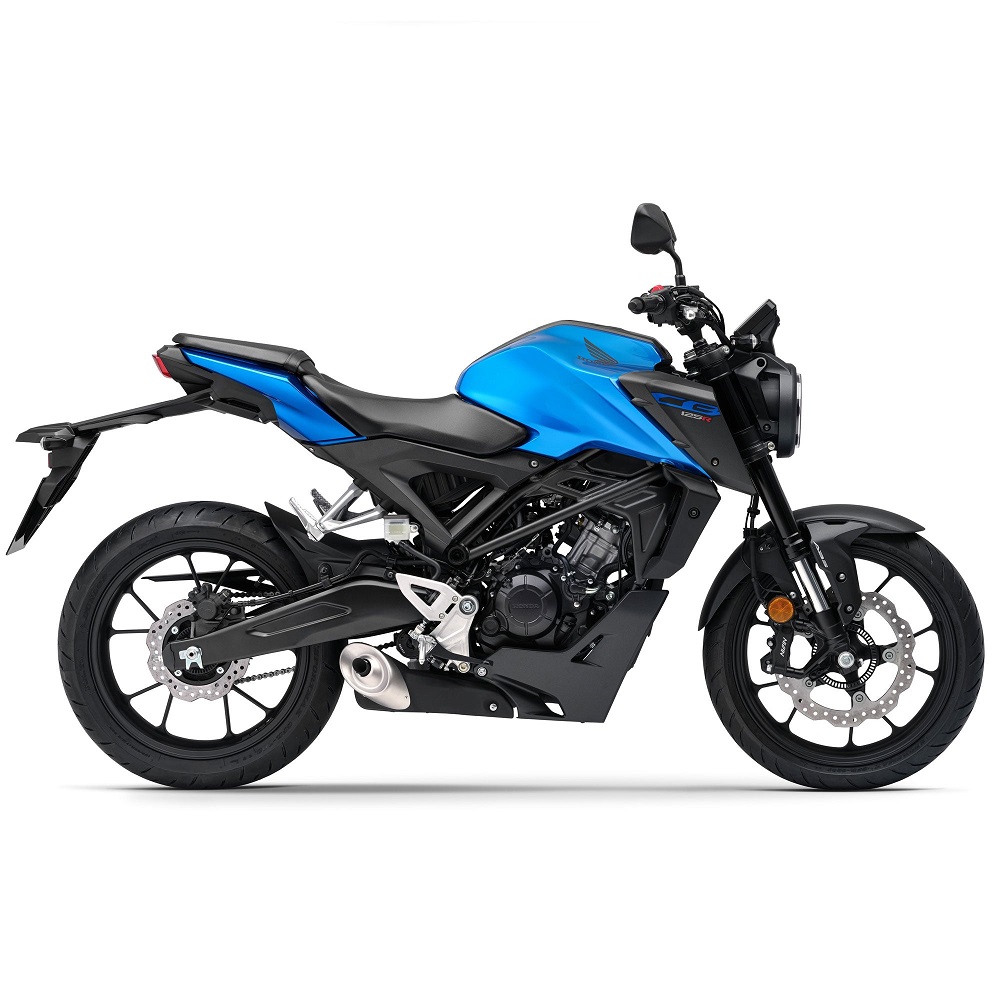
Essential Gear for New Riders
As a new rider, having the right gear keeps you safe and comfortable on the road. Investing in proper motorcycle gear is crucial to protect yourself from injuries and the elements. Let’s discuss the essentials you’ll need before hitting the road.
Helmet and Protective Wear
- Helmet: A helmet is the most important safety gear. Choose a full-face helmet for maximum protection. Ensure the helmet meets safety standards like DOT or Snell certification. The fit should be snug but not tight for optimal safety and comfort.
- Jacket and Pants: Protect your skin with a durable motorcycle jacket and pants. Look for materials like leather or reinforced textiles with armor pads. Some gear includes ventilation for hot days or thermal liners for cold weather.
- Body Armor: Body armor adds extra protection to your chest, back, elbows, and knees. Consider gear with built-in armor, or wear separate armor pieces under your clothing.
- Riding Suit: For additional coverage, consider an all-weather riding suit. These suits can offer waterproofing and protection in varying conditions.
Gloves, Boots, and Jackets
- Gloves: Always wear gloves to protect your hands from scrapes and weather changes. Look for gloves with padding and grip-enhancing features. Choose gloves designed for both comfort and durability.
- Boots: Wear riding boots with ankle support and anti-slip soles. Ensure the boots cover your ankles to prevent injury. Look for reinforced designs that protect the foot and toes.
- Jackets: A good motorcycle jacket protects your upper body and keeps you comfortable. Leather jackets offer great protection, while textile options provide versatility. Jackets with reflective strips improve visibility at night.
Having the right gear ensures safety and enhances your riding experience. Never compromise on quality gear, as it could save your life.
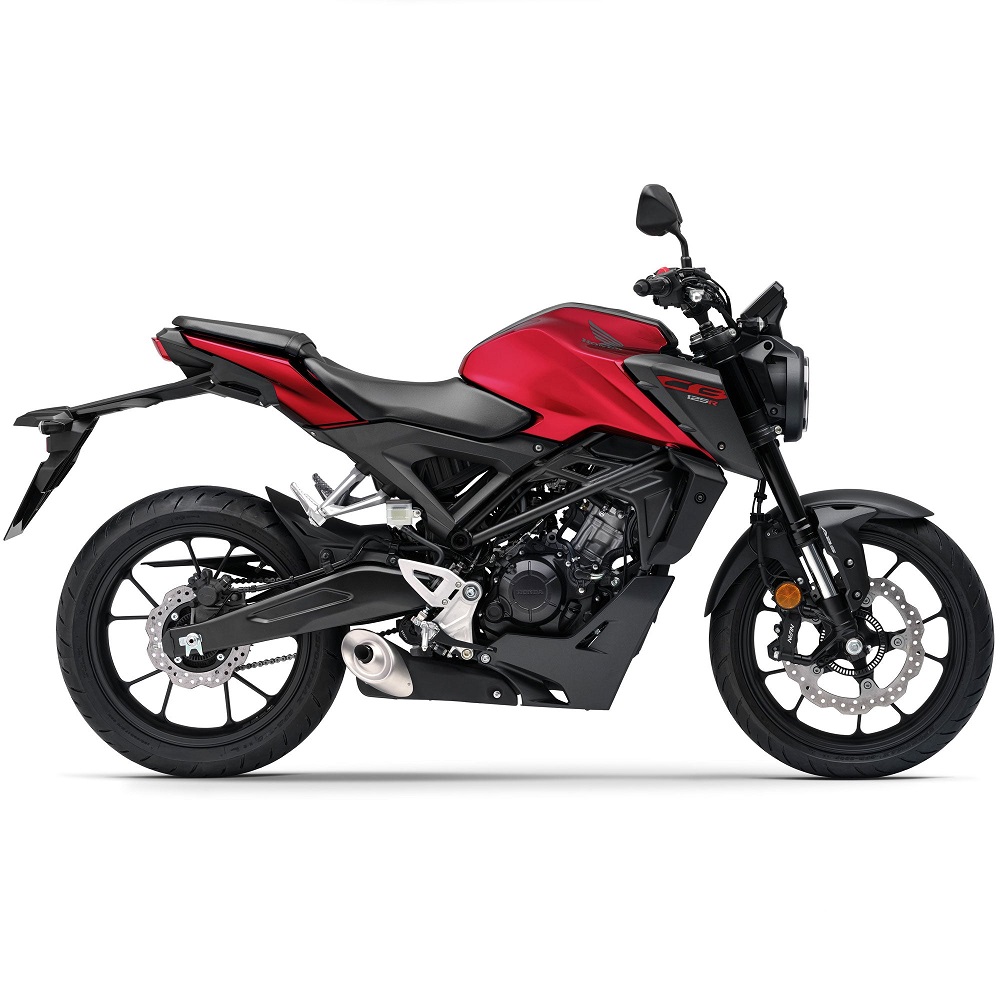
Learning to Ride Safely
Riding a motorcycle for beginners is thrilling but requires proper skills for safety. Learning to ride safely is crucial for new riders. Good training and techniques build confidence and reduce risks.
Importance of Training Courses
- Why Take a Course: Training courses give new riders professional guidance. They teach essential skills for safe riding.
- Basic Skills: Courses cover motorcycle for beginners controls, starting, stopping, and balancing. These skills form the foundation of safe riding.
- Advanced Techniques: Advanced courses teach cornering, emergency braking, and handling complex traffic situations.
- Safety Awareness: Training emphasizes hazards like uneven roads, blind spots, and wet conditions to reduce accidents.
- Certification Benefits: Many courses provide certification. This can lower insurance costs and build credibility as a rider.
Balancing and Control Techniques
- Body Positioning: Sit upright with relaxed arms. Keep your knees close to the tank for stability.
- Throttle Control: Practice smooth acceleration and deceleration. Avoid sudden jerks causing loss of balance.
- Turning: Lean into turns gradually. Adjust your body and speed based on the angle of the curve.
- Braking Control: Use both brakes for stopping. Avoid overusing the front brake, as it may cause skidding.
- Practice Makes Perfect: Spend time practicing in open areas. Practice slow-speed maneuvers to improve balance and control.
Learning safe riding techniques helps avoid accidents and builds confidence. Training ensures a solid foundation for a lifelong motorcycling journey.
Safety Tips for Riding on the Road
Riding a motorcycle for beginners on the road requires attention and awareness. Safety should always be your top priority. Understanding road dynamics and adopting safe practices can significantly reduce risks while riding.
How to Handle Traffic Situations
- Stay Alert: Pay full attention to the road, traffic signals, and surrounding vehicles.
- Follow Traffic Rules: Always obey the speed limit, signage, and lane markings.
- Keep a Safe Distance: Maintain a buffer zone from vehicles ahead to avoid sudden collisions.
- Use Defensive Driving: Predict actions of other drivers, especially during lane changes or intersections.
- Signal Intentions Early: Use turn signals well in advance when changing lanes or taking turns.
- Avoid Blind Spots: Stay visible to car drivers by avoiding their blind spots.
- Navigate Intersections Carefully: Slow down and scan for cross-traffic before proceeding.
- Watch for Pedestrians: Stay mindful of people crossing the street, especially in busy areas.
By handling traffic situations wisely, you can stay safe amid moving vehicles and unpredictable road scenarios.
Staying Visible to Other Drivers
- Wear Reflective Gear: Use clothing with reflective strips, especially for nighttime riding.
- Turn on Headlights: Keep your headlights on, even during the day, for better visibility.
- Lane Placement: Position your motorcycle where other drivers can easily see you.
- Avoid Following Too Closely: Stay at a visible distance behind vehicles to prevent accidents.
- Use Signals Properly: Clearly indicate your actions with turn signals or hand gestures.
- Avoid Riding in Groups: In large groups, ensure no member blocks your visibility to drivers.
- Choose Bright Colors: Opt for brightly colored helmets and jackets to stand out on the road.
Being visible to other drivers helps reduce risks and ensures a safer riding experience for everyone involved.
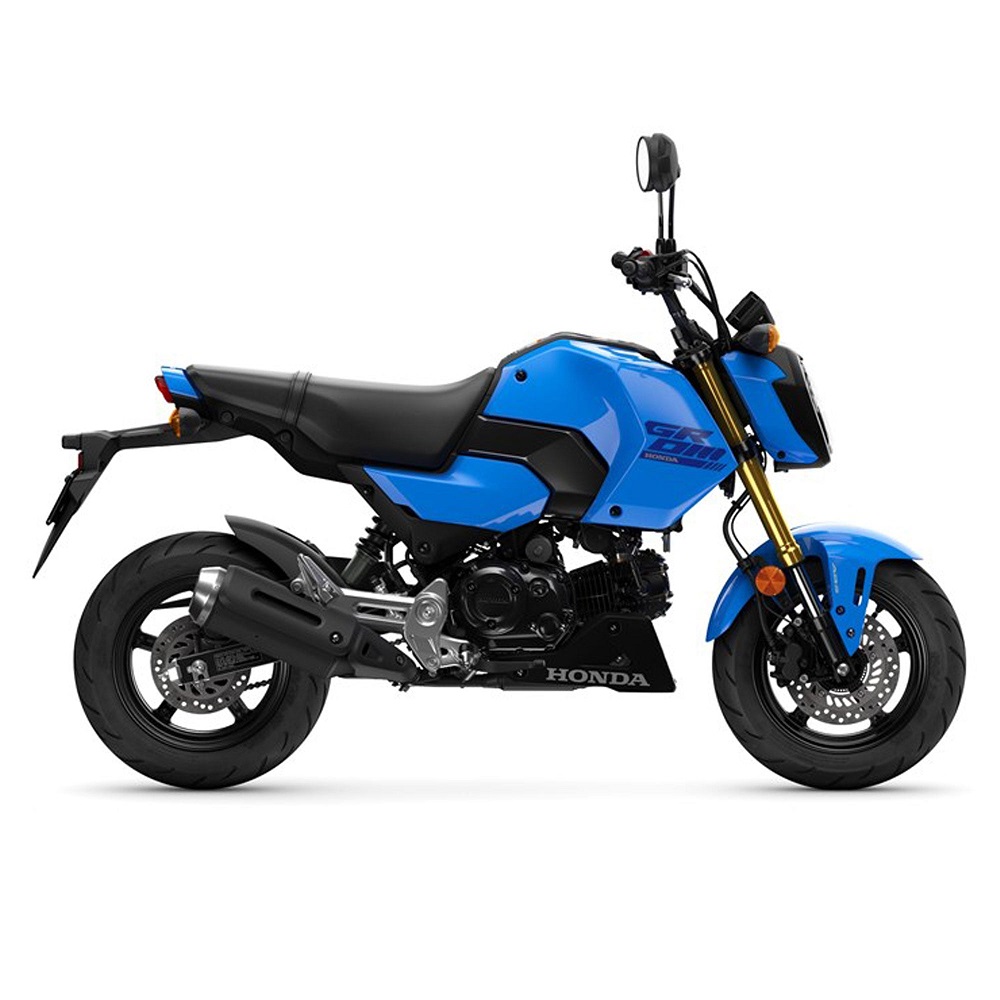
Maintenance Basics for Beginners
Keeping motorcycle for beginners in good condition is vital for safety and performance. As a beginner, learning maintenance basics will save you time and money in the long run.
Regular Motorcycle Checks
- Inspect Tires: Check tire pressure weekly for optimal grip and fuel efficiency. Look for cracks or excessive wear.
- Oil Levels: Examine oil levels regularly. Replace old oil to ensure smooth engine performance. Never skip this task.
- Brake Functionality: Test both front and rear brakes frequently. Look for worn-out pads or diminished response.
- Chain Condition: Keep the chain clean and lubricated. Check for loose or overly tight adjustments.
- Lights and Signals: Ensure headlights, taillights, and turn signals are all in working order. Replace burned-out bulbs quickly.
- Fluid Levels: Monitor coolant and brake fluid levels. Top them up as needed to avoid overheating or performance issues.
- Battery Health: Check for corrosion and connections. Recharge or replace weak batteries for reliable starts.
Making these checks a routine will help detect minor issues before they become costly repairs.
Essential Tools and Supplies
- Toolkit: Keep a basic toolkit with items like screwdrivers, wrenches, and tire pressure gauges handy.
- Cleaning Supplies: Maintain your motorcycle for beginners with soap, polish, and microfiber cloths. Clean regularly to avoid rust.
- Lubricants: Store chain lubricants and engine oil for regular maintenance. Use high-quality products for optimal results.
- Tire Repair Kit: Carry a tire repair kit for emergencies. It’s useful for patching leaks or punctures.
- Battery Charger: Invest in a portable battery charger to prevent downtime from dead batteries.
- Service Manual: Refer to your bike’s manual for guidance on maintenance tasks and troubleshooting.
- Spare Parts: Keep essential spare parts like bulbs, fuses, and extra fasteners for quick replacements.
By equipping yourself with these tools and supplies, you’ll be prepared for common maintenance challenges.
Building Confidence as a Rider
Confidence is vital for a safe and enjoyable motorcycle journey. As a beginner, feeling uneasy is normal. These strategies will help you overcome fears and build riding confidence.
Strategies for Reducing Anxiety While Riding
- Start Small: Begin in a safe, open area free of heavy traffic or obstacles.
- Familiarize Yourself with the Bike: Practice using the controls and brakes before hitting busy roads.
- Ride with a Mentor: Pair up with an experienced rider for guidance and encouragement.
- Plan Your Route: Choose simple, familiar routes for initial rides to reduce stress.
- Take Breaks: Stop if you feel anxious. Relax and regain composure before continuing.
- Wear Proper Gear: Protective gear boosts safety and reduces fears of falling or injuries.
- Focus on Breathing: Deep, steady breaths help calm nerves in tense situations.
Following these steps will make overcoming anxiety easier, leading to enjoyable rides.
Gradual Skill Development
- Practice Frequently: Dedicate time each week for skill improvement. Consistency builds confidence.
- Master Basic Moves: Focus on starting, stopping, and turning. Perfect these before advancing.
- Learn One Thing at a Time: Avoid overwhelming yourself. Concentrate on one skill per session.
- Increase Difficulty Slowly: Progress from quiet streets to busier roads as your confidence strengthens.
- Join Training Programs: Attend advanced riding courses for improved techniques and safety.
- Ride in Different Conditions: Practice on sunny days, light rain, and varying road surfaces.
- Set Achievable Goals: Celebrate small wins, like riding a specific distance or mastering a new turn.
Gradual progress ensures you build skills steadily and trust your abilities as a rider.
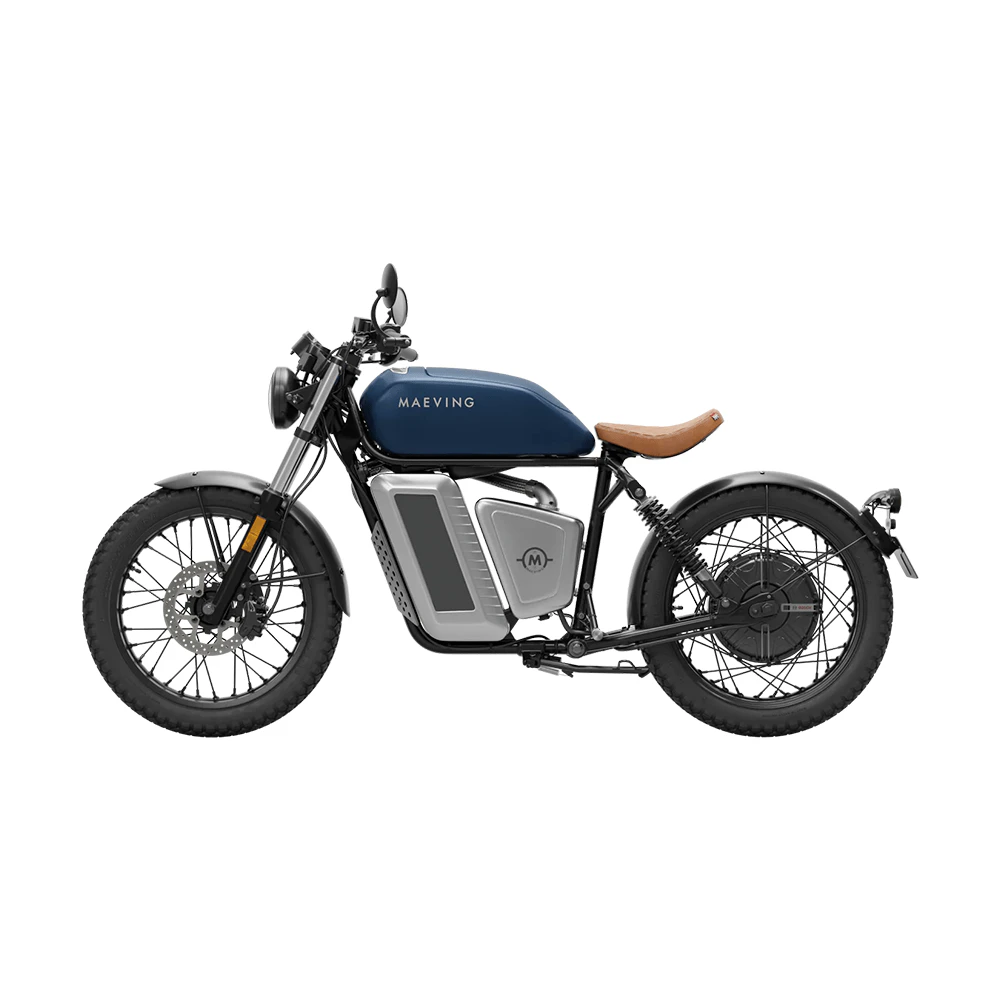
Common Mistakes to Avoid
Avoiding mistakes is crucial for a safe and enjoyable motorcycle experience. Many new riders fall into common pitfalls that can lead to accidents or damage to their bikes. Understanding these mistakes and how to prevent them ensures a smoother journey.
Overloading Your Bike
- Stick to the Weight Limit: Always check your motorcycle’s weight limit. Overloading can affect balance and control.
- Distribute Weight Evenly: Uneven loads may destabilize your bike during turns or sudden stops.
- Use Proper Storage: Secure luggage in saddlebags or tail bags to prevent it from shifting.
- Avoid Heavy Modifications: Adding extra-heavy accessories can make your bike harder to handle.
- Understand Cargo Requirements: Use bungee cords or straps specifically designed for motorcycles. Avoid makeshift solutions.
Overloading compromises safety and causes wear and tear on motorcycle for beginners. Stay within recommended limits.
Ignoring Safety Equipment
- Never Skip the Helmet: Always wear a helmet approved by DOT or Snell standards. Protecting your head is vital.
- Wear Proper Gear: Gloves, boots, and jackets provide protection from injuries and weather conditions.
- Check Gear Condition: Regularly inspect your gear for wear and tear. Replace damaged items promptly.
- Use Reflective Materials: Reflective gear improves visibility at night and avoids collisions.
- Ensure Proper Fit: Ill-fitting gear reduces effectiveness and comfort during rides.
Ignoring safety equipment is a dangerous habit. Investing in quality gear protects you in emergencies.
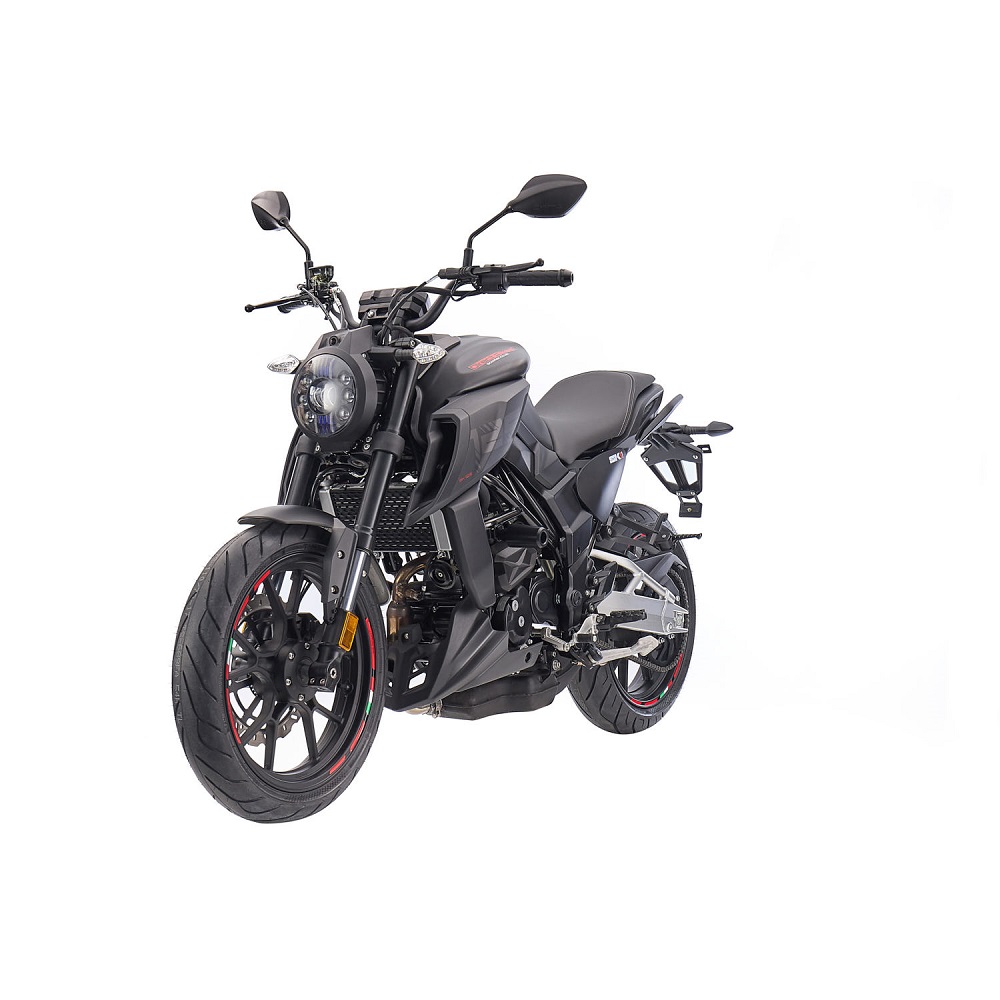
Tips for Finding a Riding Community
Being part of a riding community enhances your motorcycling experience. It connects you with others who share your passion. Let’s explore the benefits of riding groups and where to find them.
Benefits of Riding Groups
- Shared Knowledge: Riding groups offer valuable tips for beginners, including maintenance and road safety advice.
- Skill Development: Riding with others improves your skills through mentorship and real-time feedback.
- Social Connections: Joining a group fosters friendships with people who understand your love for motorcycling.
- Safety in Numbers: Group rides increase visibility and enhance safety on the road.
- Event Participation: Many groups host events, charity rides, and rallies, adding excitement to your riding journey.
- Sense of Belonging: A community provides a support system for both beginners and experienced riders.
Riding groups enrich your skills, confidence, and joy in motorcycling.
Where to Look for Local Clubs and Events
- Motorcycle Dealerships: Many dealerships host events and can introduce you to local clubs.
- Online Platforms: Search for motorcycle groups on forums, social media, and meetup websites.
- Rider Training Courses: Training centers often connect students with local riding communities.
- Motorcycle Shows and Races: Attend events to meet riders and learn about nearby clubs.
- Community Boards: Check bulletin boards at cafes or repair shops popular among riders.
- Word of Mouth: Ask fellow riders for group suggestions or club recommendations.
- Local Events: Join open rides or charity events organized in your area to meet like-minded people.
Finding a riding community helps you grow as a rider and enjoy motorcycling to the fullest.
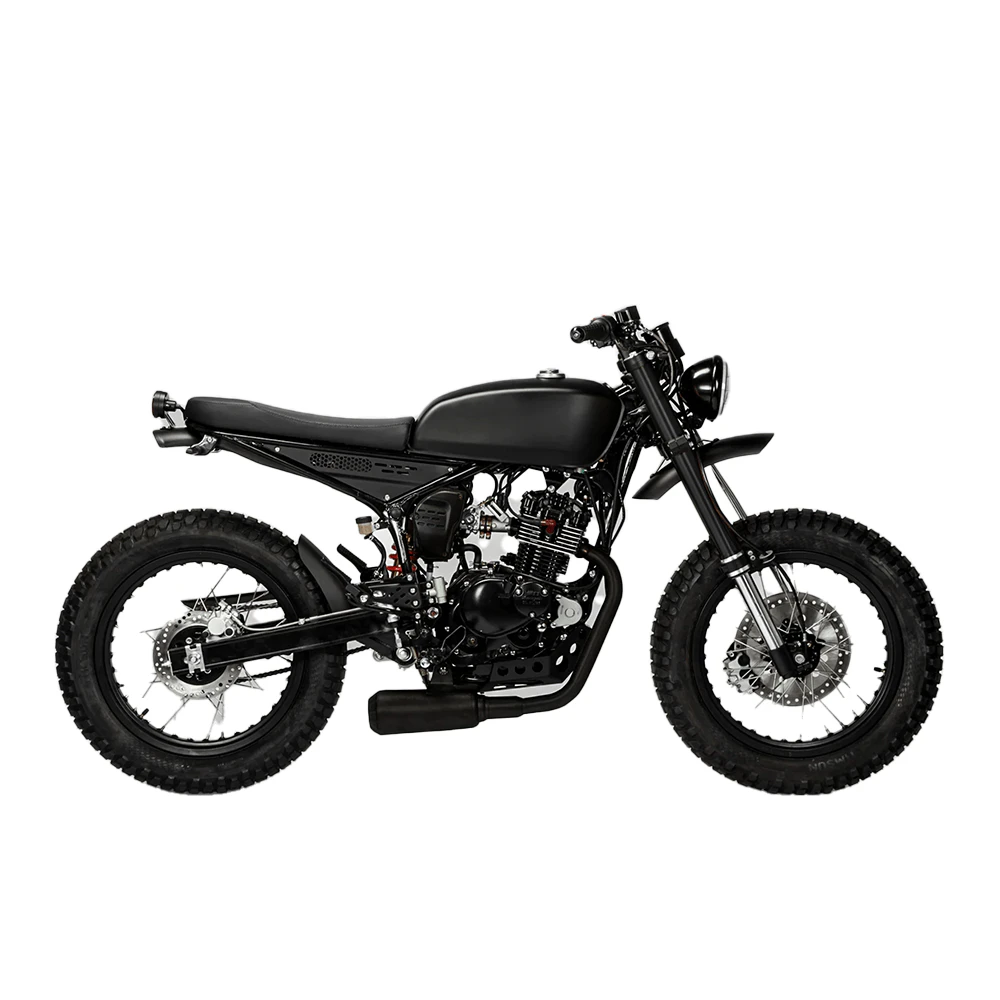
Leave a Reply